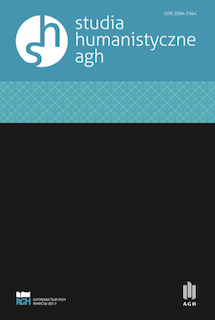INTERNATIONAL CRITICAL RECEPTION OF PROPAGANDIST EXHIBITIONS OF POLISH ART IN THE 1920S AND 1930S
INTERNATIONAL CRITICAL RECEPTION OF PROPAGANDIST EXHIBITIONS OF POLISH ART IN THE 1920S AND 1930S
Author(s): Diana WasilewskaSubject(s): Sociology of Art
Published by: Wydawnictwa AGH
Keywords: Mieczyslaw Treter; TOSSPO; art criticism; Polish art in the interwar period; exhibitions of Polish art abroad;
Summary/Abstract: The goal of this article is first of all to describe the reception of exhibitions of Polish interwar art in the foreign press. I pay closer attention to those of exhibitions that were most prestigious and acclaimed, such as the Venice Biennale, where representatives of Polish art were juxtaposed with other countries’ pavilions and judged in comparison to them. It was the time of the battle against the radical avant‑garde, accused of bringing art to a state of impasse, stagnation, or even slow agony. Most exhibitions of Polish art abroad were organized by Mieczysław Treter (1883–1943) a philosopher and art historian, but also an exhibition curator and director of TOSSPO (the Association for the Promotion of Polish Art Abroad), who faced a very difficult task trying to fulfil his mission to promote Polish art through exhibitions. He had to take into account this artistic climate and the dynamically changing situation on the art market, and respond to the expectations of foreign critics, who would examine the art of particular nations with the focus on manifestations of national style. On the other hand, he had to consider the opinions of the Polish artists and critics as well as pressures from the ministry and Polish diplomats.
Journal: Studia Humanistyczne AGH
- Issue Year: 18/2019
- Issue No: 3
- Page Range: 45-53
- Page Count: 9
- Language: English

